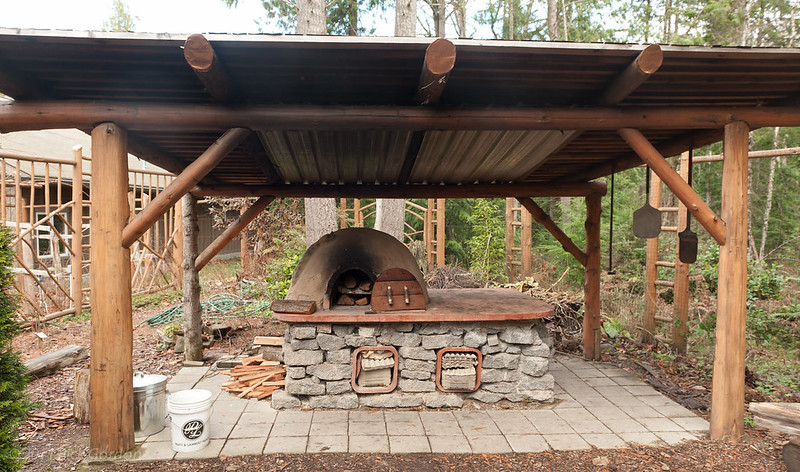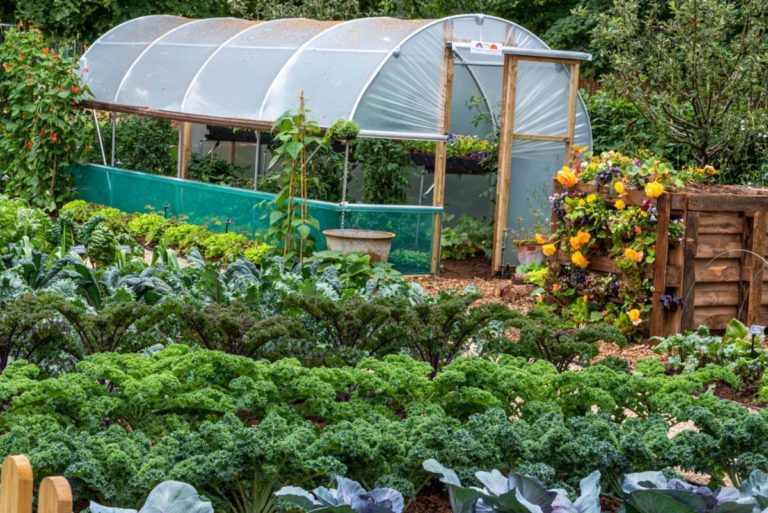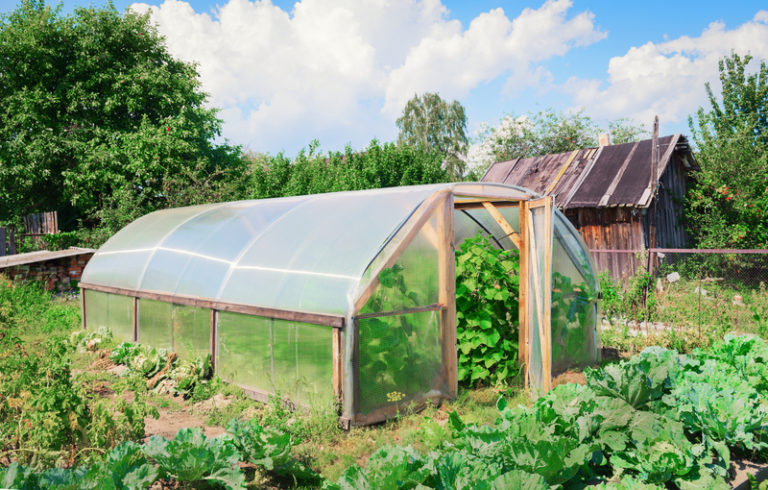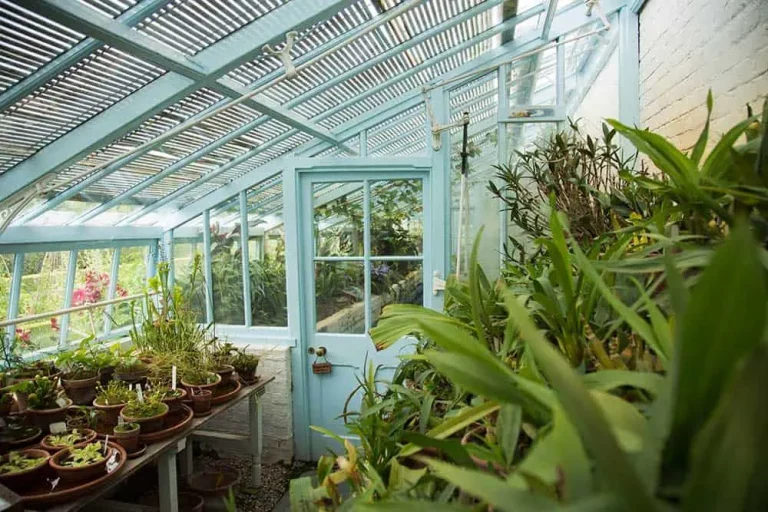Cob ovens have been around for thousands of years and were originally utilized by the ancients to cook food using natural heat absorbed through chimneys made from mud.
With the rise in popularity with vegetable gardens, an increased awareness of organic living, a focus on well-being & self-sufficiency; there has been renewed interest in cob oven technology as a way to experience the depth of flavors found in food grown in your own backyard.
These versatile heat retention cooking systems allow even amateur gardeners with small produce harvests an opportunity to experiment with mouthwatering roasted, grilled and baked treats from their home-grown yields; unlocking a new frontier of culinary delights by tapping into the naturally developed flavors within your produce!
Start with fresh, seasonal ingredients
Cob oven cooking is all about highlighting the natural flavors of your garden produce. Choose fresh, seasonal ingredients to ensure the best flavor and texture.
By choosing ingredients that are in season, you can ensure that your dishes are bursting with vibrant flavors and textures.
Fresh ingredients have a higher water content, which means they’ll retain their moisture and flavor better during the cooking process.
Seasonal ingredients are often more affordable and can be found at their peak ripeness, resulting in a more flavorful and satisfying culinary experience.
So, whether you’re making a hearty stew or a refreshing salad, starting with fresh, seasonal ingredients will take your cob oven cooking to the next level.
Understand the principles of cob oven cooking
Cob oven cooking is all about achieving a balance of heat, moisture, and time to create delicious, wholesome dishes. Familiarize yourself with the principles of cob oven cooking to get the most out of this ancient technique.
Cob oven cooking is an ancient technique that relies on the principles of heat, moisture, and time to create delicious, wholesome dishes.
To get the most out of this method, it’s essential to understand the underlying principles that govern cob oven cooking.
First and foremost, heat is critical to the cooking process.
The cob oven must be preheated to the appropriate temperature to ensure that the food is cooked evenly and thoroughly.
Moisture is another important factor, as it helps to prevent drying out and ensures that the food is tender and juicy.
Time is also a critical factor, as it’s essential to cook the food for the right amount of time to achieve the desired level of doneness.
In addition to these fundamental principles, there are several other key considerations to keep in mind when cooking with a cob oven.
For example, the type of fuel used can affect the flavor and texture of the food, so it’s important to choose the right type of fuel for the specific dish being prepared.
The placement of the food within the oven can also impact the final result, so it’s important to arrange the food in a way that ensures even cooking.
By understanding the principles of cob oven cooking and paying attention to these key considerations, you can unlock the full potential of this ancient technique and create delicious, wholesome dishes that are sure to delight your taste buds and nourish your body.
Choose the right cob material
Different types of cobs offer unique flavors and textures. Choose the right cob material for your dish, such as ash, maple, or cherry, to enhance the natural flavors of your produce.
When selecting a cob for your dish, it’s essential to choose the right material to complement the natural flavors of your produce.
Different types of cobs offer unique flavors and textures, so it’s important to consider the characteristics of each material and how they will enhance your dish.
For example, ash cobs impart a subtle smoky flavor and a delicate, almost silky texture, making them an excellent choice for delicate produce like herbs or leafy greens.
Maple cobs, on the other hand, have a slightly sweet and nutty flavor that pairs perfectly with fall fruits and vegetables.
Cherry cobs offer a rich, fruity flavor that complements juicy meats and vegetables.
By selecting the right cob material for your dish, you can elevate the natural flavors of your produce and create a more complex and satisfying culinary experience.
Build a robust cob mix
A good cob mix is essential for successful cob oven cooking. Mix together the cob material, water, and other ingredients such as clay, sand, and straw to create a robust cob that will hold up to the heat of the oven.
When it comes to building a robust cob mix for successful cob oven cooking, there are several key ingredients and techniques to consider.
Start by mixing together the cob material, water, and other ingredients such as clay, sand, and straw.
The ratio of cob material to other ingredients will vary depending on the specific recipe and desired outcome, but a general guideline is to use about 2/3 cob material and 1/3 other ingredients.
To create a robust cob mix, it’s important to use high-quality cob material that is free of debris and has a consistent texture.
Look for cob material that is dense and has a high clay content, as this will help the mix hold up to the heat of the oven.
Be sure to use clean and pure water, as impurities can affect the mix’s ability to cure and harden properly.
Once you have your ingredients mixed together, use your hands to thoroughly incorporate all of the materials.
Be sure to work the mix until it is smooth and consistent, with no lumps or areas of weakness.
This will help ensure that the cob mix is robust and able to withstand the heat of the oven.
It’s important to cure the cob mix before using it in your oven.
This can be done by allowing the mix to sit for a few hours or overnight, depending on the specific recipe and desired outcome.
During this time, the mix will undergo a process of hydration and set-hardening, which will result in a strong and durable cob that can withstand the high temperatures of the oven.
With these tips and techniques, you’ll be well on your way to building a successful cob oven that will provide you with delicious and healthy meals for years to come.] You want to build a robust cob mix that can withstand the high temperatures of your cob oven?
Look no further!
The key to a successful cob mix is to use clean and pure water, as impurities can affect the mix’s ability to cure and harden properly.
Start by mixing together the cob material, water, and other ingredients until you have a smooth and consistent mixture with no lumps or areas of weakness.
Then, allow the mix to cure for a few hours or overnight before using it in your oven.
This will give the cob mix enough time to undergo a process of hydration and set-hardening, resulting in a strong and durable cob that can withstand the high temperatures of your oven.
With these tips and techniques, you’ll be able to build a robust cob mix that will provide you with delicious and healthy meals for years to come!]]> Building a robust cob mix for your cob oven is important for successful and delicious cooking.
To create a cob mix that can withstand the high temperatures of your oven, you must use clean and pure water.
Any impurities in the mix can hinder its ability to cure and harden properly, resulting in a weak and brittle cob.
To start, mix together the cob material, water, and other ingredients such as sand or straw until you have a smooth and consistent mixture with no lumps or areas of weakness.
The ratio of cob material to water will depend on the specific recipe you’re using, but a general rule of thumb is to use twice as much cob material as water.
For example, if you’re using 2 cups of cob material, you would add 1 cup of water to create a robust cob mix.
As you mix the cob material and water together, make sure to stir in any additional ingredients evenly and thoroughly.
This will ensure that your cob mix is consistent and strong, with no weak areas that could compromise the structure of your cob oven.
Once you’ve mixed the cob material, water, and other ingredients together, you can proceed with your cob oven construction, knowing that you have a robust cob mix that will support you in creating delicious and healthy meals for years to come.
Cure the cob mix
Curing the cob mix before using it is essential to ensure it is dry and stable. Let the mix sit for at least 24 hours before using it.
When it comes to using cob mix, curing it beforehand is a important step that cannot be overlooked.
After mixing the cob mix ingredients, allow the mixture to sit for a minimum of 24 hours before using it.
This time allows the ingredients to fully hydrate and bind together, resulting in a more stable and consistent finish.
During this time, the mix should be stored in a dry, shaded area to prevent any premature drying or shrinking.
Once cured, the cob mix will be ready for use, providing a more reliable and long-lasting finish.
Failing to cure the cob mix before use can lead to an unstable mixture that may not adhere properly to the surface or may dry too quickly, resulting in cracks or unevenness.
Therefore, take the time to cure the cob mix before using it for a flawless and long-lasting finish.
Create a consistent temperature
Consistent heat is important for successful cob oven cooking. Use a thermometer to ensure the temperature inside the cob oven is consistent and within the optimal range for your specific dish.
Creating a consistent temperature is important for successful cob oven cooking.
A thermometer can help you monitor the internal temperature of the oven and ensure it is within the optimal range for your specific dish.
The ideal temperature range for cob oven cooking varies depending on the type of dish being prepared, but generally falls between 450°F and 550°F (232°C and 288°C).
To achieve a consistent temperature, you should preheat the oven for at least 30 minutes before cooking, and use insulation materials such as straw or wood chips to retain heat.
You can use a thermocouple or infrared thermometer to measure the temperature of the oven walls, ensuring that the heat is distributed evenly throughout the cooking chamber.
By maintaining a consistent temperature, you can ensure that your dishes are cooked evenly and thoroughly, resulting in delicious and satisfying meals.
Monitor moisture levels
Cob oven cooking involves trapping moisture inside the cob to create delicious, tender dishes. Monitor the moisture levels inside the cob oven to ensure the perfect balance of moisture and heat.
To achieve a tender and delicious meal through cob oven cooking, it is important to monitor moisture levels throughout the cooking process.
Cob ovens rely on trapped moisture to create the perfect balance of flavor and texture, so it’s essential to ensure the right amount of moisture is present.
This involves regularly checking the moisture levels inside the cob oven, especially during the first 30 minutes of cooking.
If the moisture level is too low, the food may become dry and overcooked.
On the other hand, if the moisture level is too high, it can lead to steamy and soggy dishes.
By monitoring the moisture levels, you can adjust the cooking time and temperature accordingly to achieve the desired outcome.
This can involve opening the cob oven door slightly to allow for air circulation or adding more wood chips to increase the heat.
With a little attention to moisture levels, you can create mouth-watering meals that are sure to impress.
Experiment with different cooking times and techniques
Cob oven cooking allows for a range of different cooking times and techniques. Experiment with different combinations to discover the perfect approach for your specific dish.
Experimenting with cooking times and techniques is a important part of working with a cob oven.
These unique cooking vessels allow for a range of different cooking times and techniques, allowing you to discover the perfect approach for your specific dish.
For example, you might want to try out slow-cooking, where you place your food in the cob oven in the morning and let it cook all day long, or you might prefer quick-cooking, where you fire up the oven and cook your food in just a few short hours.
Maybe you want to try out some braising or roasting techniques, or perhaps you’d like to explore the world of bread baking, where you can use the cob oven to produce beautiful, crusty loaves.
The options are nearly endless!
With a little experimentation and exploration, you’ll be able to find the perfect cooking times and techniques for your specific cob oven and your specific dishes.
So don’t be afraid to get in there and experiment – the results will be well worth it!
Want More? Dive Deeper Here!
Hey there! If you’re the type who loves going down the rabbit hole of information (like we do), you’re in the right spot. We’ve pulled together some cool reads and resources that dive a bit deeper into the stuff we chat about on our site. Whether you’re just killing time or super into the topic, these picks might just be what you’re looking for. Happy reading!






